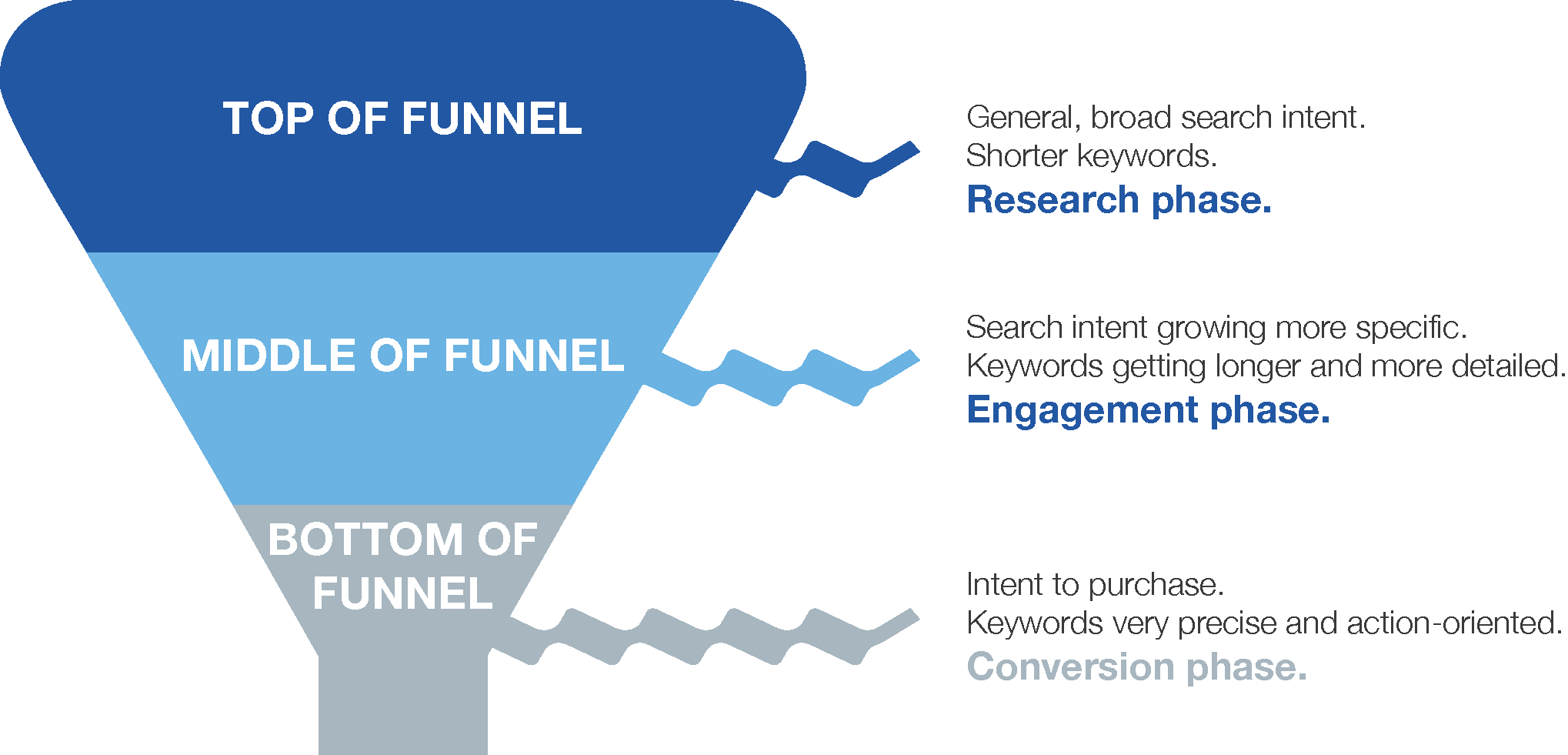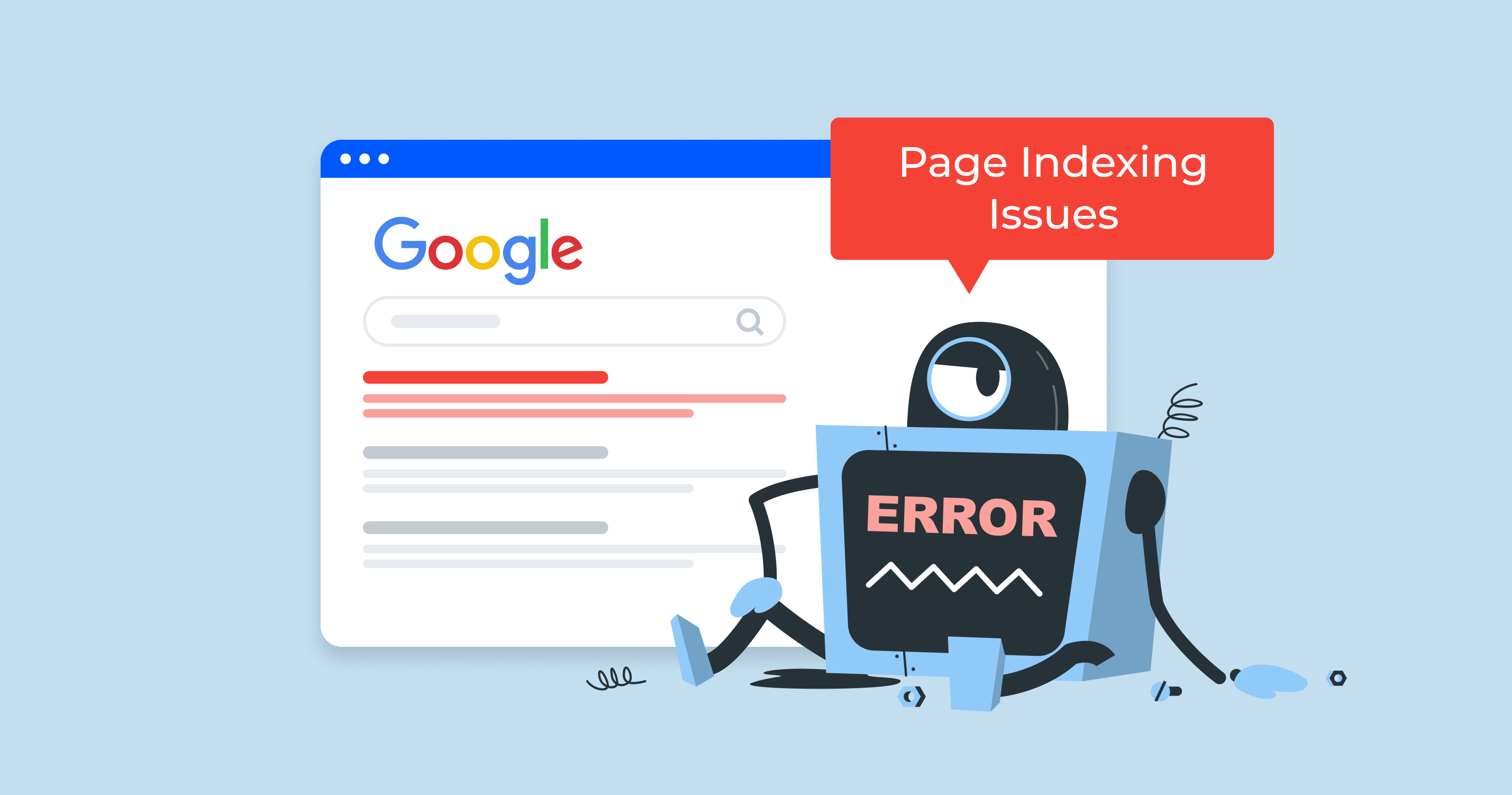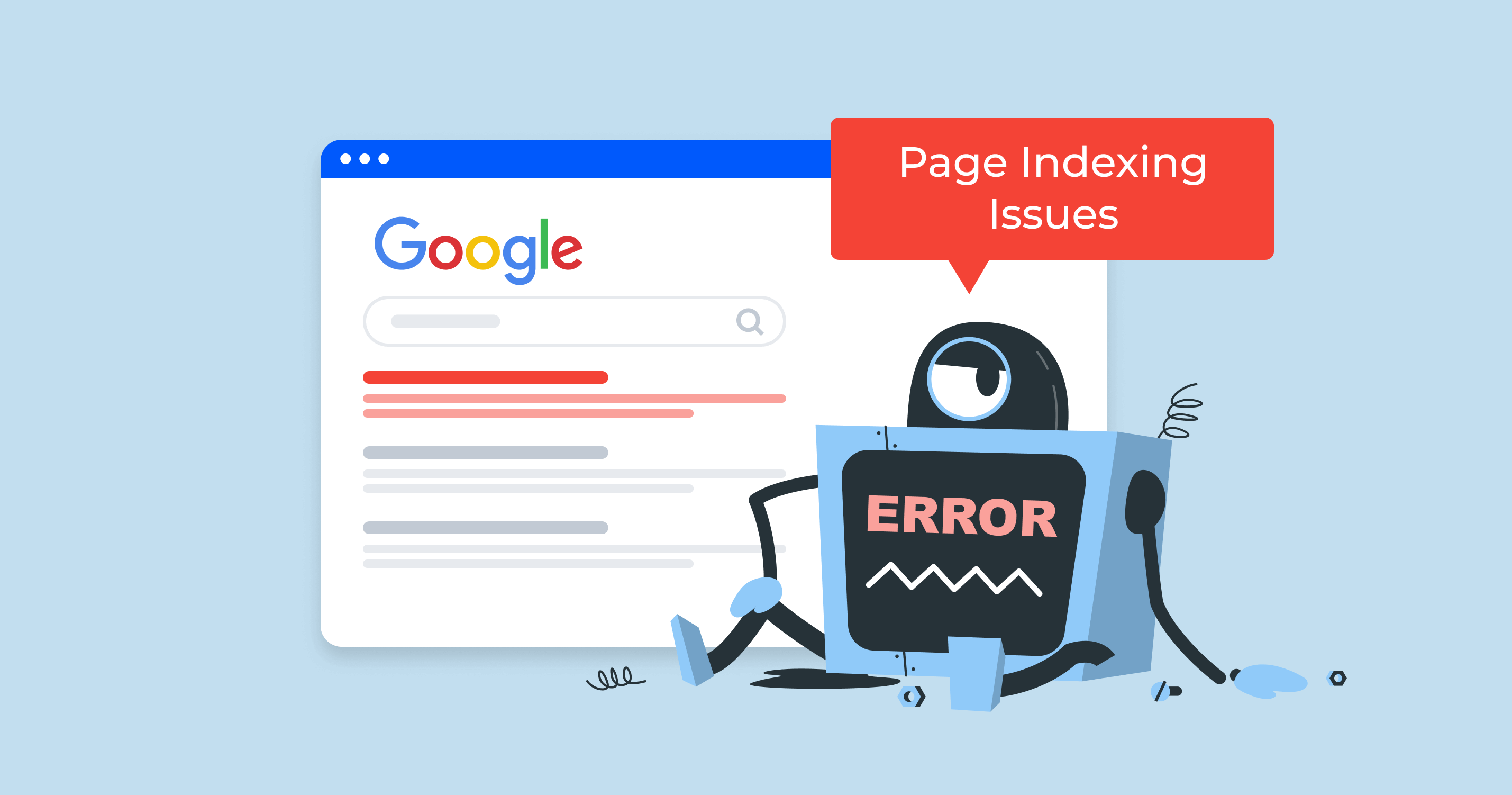In the fast-paced world of SEO, indexing has evolved far beyond simply submitting a sitemap. In SEO, the definition of indexing refers to the process by which search engines like Google collect, analyze, and store web pages in their database so they can be retrieved and displayed in search results. While sitemaps once served as the gold standard for getting content into search engines’ index, today’s landscape demands much more. Search engines like Google have become faster and smarter, and the competition for visibility in search results is fiercer than ever. The new SEO frontier focuses on instant indexing, ensuring your pages appear in search results within minutes rather than days.

In this article, we’ll explore five advanced strategies that go beyond traditional SEO tactics to help your website’s content get discovered and ranked faster. Whether you’re a content creator, website owner, or digital marketer, these techniques will optimize your indexing process, improve your site’s performance in search, and ultimately boost your organic traffic.
Introduction to Indexing
Indexing is the backbone of fast and efficient data retrieval, whether in search engines or databases. At its core, indexing involves creating a specialized data structure that allows users to quickly access and retrieve specific information without scanning every record. In the world of search engines, indexing is the process of collecting, parsing, and storing data from web pages so that relevant results can be delivered instantly when users perform a search. This process is essential for ensuring that users find the most accurate and up-to-date information with minimal delay.

In databases, indexing works similarly by organizing data in a way that minimizes the time it takes to locate specific entries. For example, a database table might use an index to speed up queries, allowing for rapid access to rows based on certain columns. This is especially important for large datasets, where searching without an index would be slow and resource-intensive.
A real-world example of indexing in finance is the Dow Jones Industrial Average, a price-weighted index that tracks the performance of 30 major U.S. companies. This index provides investors with a quick snapshot of market trends and helps them evaluate the performance of their investments. By leveraging efficient indexing, both search engines and financial markets can deliver timely, relevant data to users and investors, enhancing the overall speed and performance of information retrieval.
The Role of Indexing in Content Discovery
Indexing is fundamental to how users discover content online. When search engines create an index of web pages, they enable rapid and accurate retrieval of relevant information in response to user queries. This process ensures that when users search for specific topics, the search engine can quickly scan its index and present the most relevant pages in the search results.
.png)
Beyond just finding existing content, indexing also accelerates the discovery of new pages. As soon as a new page is created and indexed, it becomes available to users searching for related topics. This is particularly important for websites that frequently update their content or add new products and articles.
Indexing also powers advanced search features like autocomplete and spell-checking, making it easier for users to find what they’re looking for. In the world of investing, index funds operate on a similar principle by tracking a specific market index, such as the S&P 500. This allows investors to gain exposure to a broad range of stocks, making it easier to discover new investment opportunities and diversify their portfolios. Ultimately, effective indexing ensures that both users and investors can access the most relevant and up-to-date information quickly and efficiently.
1. Optimizing Your Crawl Budget

Googlebot, the crawler used by Google to discover and index web pages, does not treat every page on your site equally. You have a limited crawl budget, which is the number of pages Googlebot will crawl on your site during a given period. Each page represents an entry in the search engine's index, and prioritizing high-value entries can improve indexing efficiency. How you manage this budget directly influences how quickly your new content gets indexed.
To optimize your crawl budget, start by blocking low-value or irrelevant pages from being crawled. You can do this using the robots.txt file or by applying the noindex tag in your page’s HTML. Examples of pages to block include admin panels, filter URLs, outdated archives, or any thin content that adds little value. When Googlebot encounters fewer distractions, it focuses more on your high-priority URLs, the pages you want to rank.
A useful tip is to analyze your server logs or use Google Search Console’s Crawl Stats report to identify which pages are wasting your crawl resources. By streamlining the crawl process, you help Google allocate its attention efficiently, which speeds up the indexing of your important pages and improves your site’s overall performance in searches.
2. Building an Internal Linking Funnel

Internal linking is more than just a navigation aid, it’s a powerful tool for controlling how link equity flows through your site and how crawlers discover new content. When you publish new pages, linking to them from established, high-authority internal pages acts like a funnel, channeling authority and signaling to Google that your new content is important.
Use keyword-rich anchor text naturally within relevant body content rather than in footers or sidebars. This approach helps Google understand the context and relevance of the linked page. Additionally, creating “hub pages” or cornerstone content pieces that link to related new posts can accelerate discovery. These hub pages serve as a standard reference for both users and search engines, helping to organize and prioritize content within your site structure. As trusted references, they boost the visibility of your fresh URLs.
This internal linking strategy not only improves the speed at which your pages are indexed but also enhances the structure of your site, making it easier for both users and search engines to navigate your content.
3. Leveraging Structured Data for Rapid Discovery
Structured data, implemented through Schema markup, is a key factor in helping search engines understand your content quickly and accurately. By adding specific types of Schema such as News Article, Blog Posting, or FAQ, you provide Google with clear signals about the nature and purpose of your pages.
This additional metadata allows Google to process your content without guessing, which can significantly accelerate the indexing process. Structured data also provides search engines with additional information, such as context, relationships, or content details, which can improve document ranking and the relevance of search results. For websites with time-sensitive or frequently updated content like product announcements, breaking news, or financial data such as the Dow Jones Industrial Average or price weighted index updates structured data can be the difference between instant visibility and delayed discovery.
To ensure your structured data is effective, regularly validate it using Google’s Rich Results Test tool and fix any errors promptly. Every valid markup acts as a trust signal, improving your chances of appearing in enhanced search features and speeding up your content’s entrance into the index.
Mobile-First Indexing

Mobile-first indexing is a modern approach adopted by search engines like Google, where the mobile version of a website is prioritized for crawling and indexing over the desktop version. This shift reflects the growing dominance of mobile devices in how users access online content. With mobile-first indexing, Google uses a smartphone agent to crawl and evaluate the mobile content of a website, using this version to determine how the site appears in search results.
For website owners, this means that having an optimized mobile site is no longer optional, it’s essential. A mobile-friendly website should load quickly, display relevant metadata, and offer high-quality content that’s easily accessible on any device. For example, a responsive website design that adapts seamlessly to different screen sizes ensures a consistent and user-friendly experience, which is favored by mobile-first indexing.
By focusing on mobile optimization, websites can improve their visibility in search results, ensuring that users regardless of device receive the most relevant and accurate information. This approach not only enhances user experience but also helps websites stay competitive in an increasingly mobile-driven digital landscape.
4. Using an Automated Indexing API
Even with perfect on-site optimization, relying solely on Google’s crawling schedule can be unpredictable and time consuming. This is where Google’s Indexing API comes into play. The API allows you to notify Google instantly when new or updated content goes live, prompting near-instant crawling and indexing.
However, setting up the Indexing API manually involves technical hurdles such as managing authentication, handling quotas, and making API calls, tasks that can be daunting and time consuming for many website owners.
This is where tools like Cromojo simplify the process. Cromojo automates the entire workflow: once connected to your site, it automatically submits your new or updated pages to Google’s Indexing API every time you publish content. By using Cromojo or the Indexing API, website owners are enabled to achieve instant indexing and streamline the entire process. This means no more manual pings, no waiting days for search visibility, and no complicated scripts.
Whether you’re managing a large content site, launching new products, or publishing time-sensitive articles, Cromojo ensures your URLs are indexed as soon as they go live, giving you a significant edge in the competitive SEO landscape.
5. Eliminating JavaScript Rendering Issues
Modern websites often rely on JavaScript frameworks like React, Vue, or Next.js for dynamic content. While these technologies enhance user experience, they can create challenges for search engines. Google’s crawler sometimes struggles with JavaScript rendering, causing delays in indexing because the content isn’t immediately visible in the raw HTML. Search engine bots, like any computer, do not inherently understand or execute JavaScript in the same way as browsers, which is why pre-rendering is necessary.
The solution is pre-rendering, which involves serving a static HTML version of your pages to search engine bots. This ensures that Google can instantly access and index your key content without waiting for JavaScript to execute.
Tools like Rendertron or built-in server-side rendering (SSR) configurations automate this process, making it easier to deliver fully rendered pages to crawlers. When combined with instant submissions through tools like Cromojo, pre-rendering offers both speed and reliability, eliminating indexing delays caused by JavaScript.
Troubleshooting Indexing Issues

Ensuring that your website is properly indexed is critical for visibility in search results. However, various issues can prevent search engines from efficiently crawling and indexing your content. Common problems include blocked resources, such as images or videos, which can hinder search engines from accessing important content. Duplicate or thin content can also create confusion, leading to incomplete or inaccurate indexing.
To address these challenges, website owners should regularly audit their sites using tools like Google Search Console. This platform helps identify which files or pages are not being indexed and provides insights into potential issues, such as blocked resources or missing meta tags. Optimizing the structure of your website and using descriptive meta tags can guide search engines in understanding and indexing your content correctly.
For example, if your website contains a large number of text files, organizing them into a logical file structure and ensuring each file includes relevant tags and metadata can improve indexing accuracy. By proactively troubleshooting and resolving indexing issues, you can ensure that your content is fully accessible to users and search engines alike.
Measuring Indexing Success
Tracking the effectiveness of your indexing efforts is essential for optimizing your website’s performance and visibility. Key metrics to monitor include index size, data retrieval speed, and query performance. These indicators help you evaluate how efficiently your content is being stored and accessed within the index.

For instance, a website that uses a database table to store its content can measure indexing success by tracking how quickly specific data can be retrieved in response to a query. If retrieval times are slow, it may be necessary to optimize the index or adjust the data structure to improve performance. Additionally, monitoring search engine rankings, click-through rates, and conversion rates provides valuable insights into how well your content is performing in search results.
By regularly evaluating these metrics and refining your indexing strategy, you can ensure that your website remains optimized for both users and search engines. Effective use of metadata, efficient data storage, and ongoing performance analysis are all crucial for maintaining a high-performing, easily discoverable website.
To wrap up
In 2025, fast and efficient indexing is no longer a luxury, it’s a necessity for maintaining visibility in increasingly competitive search results. Whether you’re publishing news, managing an e-commerce site, or running a content-rich website, appearing in search results instantly can be the difference between attracting users and being overlooked.
By optimizing your crawl budget, building a strategic internal linking funnel, leveraging structured data, automating indexing with the API, and resolving JavaScript rendering issues, you can dramatically improve how quickly your pages are discovered and ranked.
If you want to move beyond the traditional sitemap and embrace the future of indexing, consider integrating Cromojo into your workflow. Focus on creating valuable content, while Cromojo ensures your pages are seen the moment they’re published, helping you stay ahead in the fast-evolving world of SEO and digital marketing.


.png)
.png)

